Choosing the best electric convector
Main criteria
The choice of an electric convector is carried out according to the following parameters:
- power;
- installation method;
- type of heating element;
- design features;
- type of temperature controller;
- protective functions;
- additional features.
Immediately you can watch the video instructions for the right choice:
So, we will consider features of a choice of each of parameters.
Power
Like any other type of electric heaters, products vary in power. The higher this parameter (measured in kW), the faster the electric convector can warm the room. Today, it is recommended to use equipment from 0.3 to 3 kW for home conditions.
To choose the right electric convector for power, it is necessary to calculate this parameter individually. As a rule, 1 kW is consumed per 10 square meters of unheated premises. If in the house (or apartment) there is heating (gas or water), then for heating 10 square meters. 0.5 kW will be enough.
We recommend choosing a heater with a power reserve (10-20%), besides that there is a function to adjust this value. In this case, it will be possible to set a certain intensity of work, saving energy costs.
Installation method
There are 3 main ways to install heaters:
- wall-mounted (hanging on the brackets that come with the kit);
- floor (legs on castors);
- indoor (the body is hidden inside the floor, only a decorative grill is visible);
- universal (the design includes removable legs and brackets).
The advantage of the first option is that the wires will not get tangled under your feet, and the case itself will occupy free space. All you need is to hang the case on the wall and connect it to the network. Such an electric convector is best chosen for an apartment where, as you know, there is so little space.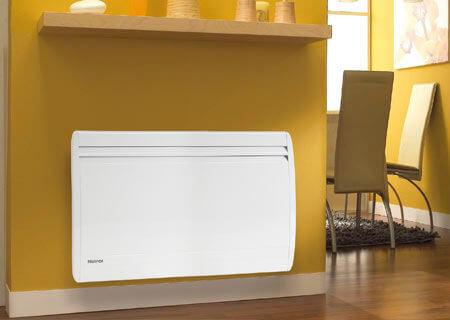
The floor version makes the unit mobile, which allows it to be rolled from room to room. The disadvantage is that part of the free space of the room in this case will be occupied.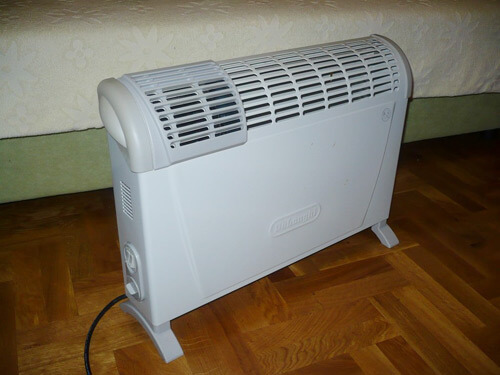
The floor-mounted device is an original solution for stationary heating, if you want to hide all the heaters in sight, we recommend choosing this option.It is extremely rare, but in terms of effectiveness it does not lose to its competitors.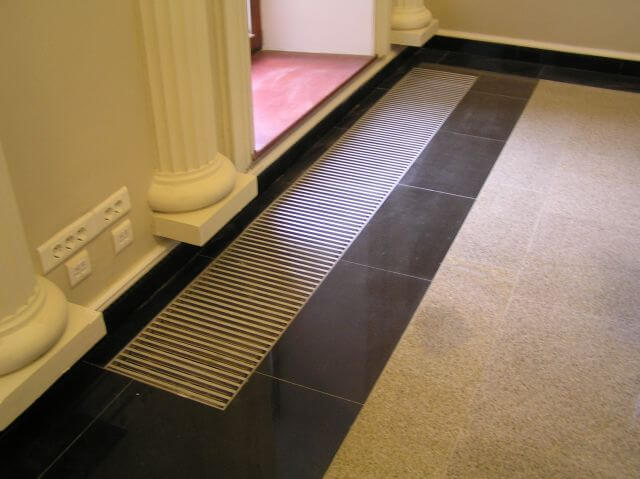
The universal option has proven itself best. This is due to the fact that if necessary, change the location of the device, you can do this without any problems.
If you decide to make a permanent heating system, we recommend that you opt for wall and floor electric convectors. For country houses and apartments with central heating, it is better to choose the floor option.
Type of heating element
The design can be represented by one of three main types of heating elements:
- Needle
- Tubular
- Monolithic
The first option is the cheapest and easiest. It is not recommended to use it, as heater design (nickel plate) is very fragile. Such products fail very quickly, so they do not justify their value.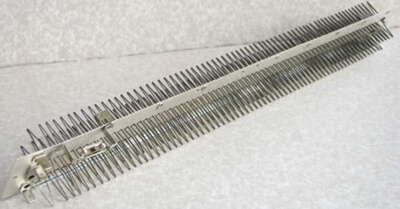
Tubular heaters are more reliable and also have a not too high cost compared to needle heaters. Their only drawback is the noise at the beginning of work, because when heated, the tubes crack a little.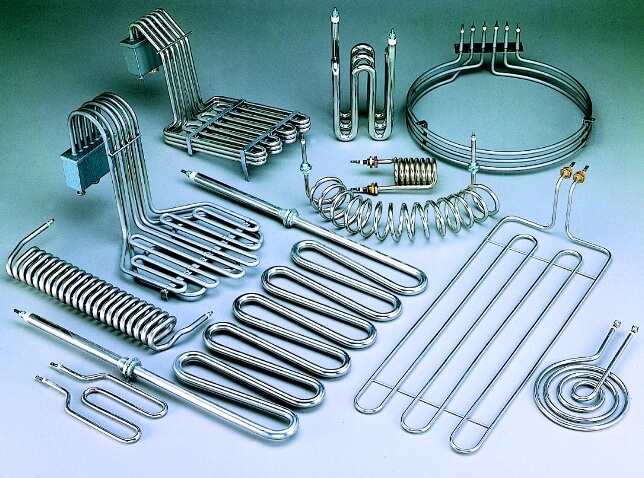
The latter option is the most effective and durable, but, as you know, has the highest cost.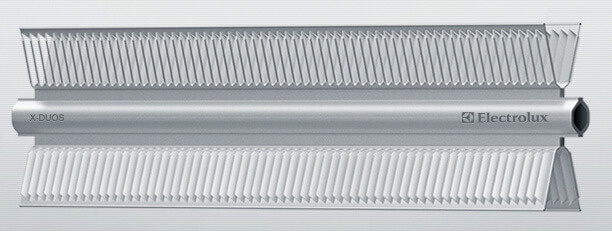
If you decide to make stationary heating in the house or just can allocate enough money, we advise you to choose an electric convector with a monolithic heater. If this is not possible, or you decide to connect electric heating in a wooden house in the country - give preference to tubular products.
Design Features
Among the main design features distinguish:
- shape (rectangular, round, square);
- height (varies within 50 cm);
- case thickness.
As for the form, it does not affect the heating efficiency in any way. The only factor that determines the appearance of the product is the interior of the rooms. Height affects the rate of warm air in the room. An average value of 50 cm is considered the most effective for warming. Thickness directly affects the heat transfer of an electric convector. The thicker the case, the higher the heat transfer, and hence the more efficient the device.
In this case, all the parameters are quite easy to choose according to their material capabilities and taste preferences. Classical are white rectangular electric convectors, which customers most often choose.
Type of temperature controller
Temperature controllers are needed to control the operation of a convection heater. Using these devices, you can set a specific temperature in the room (for example, 21 oC), which will be held throughout the entire time of work. If it becomes warmer in the room, the regulator will turn off the heater; if it is colder, it will turn it on.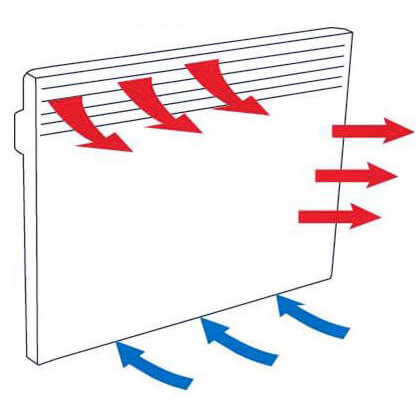
Today, there are two types of temperature controllers: mechanical and electronic.
Mechanical cheaper and have the simplest design - a step switch. Their disadvantage is a short service life and a temperature error in the range of 1-3oC. The advantage of such devices is that they do not fail during power surges.
Electronic thermostats are more functional. With their help, you can set not only a certain temperature in the house, but also the time / day of turning the heating on and off. Such features allow save energybecause when there is no one in the house, it makes no sense to spend money on heating (for example, when you decide to go to the cottage or on vacation). It should also be noted that the error is only 0.1oC, which is a definite plus of devices. Disadvantages - high cost and failure due to voltage drops.
For summer residence, we recommend choosing an electric convector with a mechanical temperature regulator so as not to spend money on those functions that will be used extremely rarely.In addition, in holiday villages, problems with power surges are quite normal. For apartments and residential buildings, it makes sense to purchase an electronic version, the advantages of which speak for themselves.
Protective functions
A convector, like any other device that is powered by the mains, is in itself unsafe. The main two reasons for the increased danger are spontaneous combustion of the apparatus and failure when water enters.
To protect yourself from the first problem, we advise you to choose an electric convector with protection against overheating. This function turns off the power when the temperature of the heater reaches its maximum value. Protection from water (in fact, like dust) can be determined by a special IP index - the higher it is, the better the case is protected. The minimum value should be IP 24, so that it can be used in a bathroom or other room with high humidity (for example, on a loggia).
We also recommend that you pay attention to the degree of protection against electric shock. This parameter must be at least “2”, which means there is no need for additional chassis grounding.
Additional features
Well, the last thing I would like to talk about is auxiliary functions that make the convection heater more efficient and convenient to use.
The first function concerns floor units and directly affects the safety of their use. Very often, the cause of the fire is the convector toppling to the floor with its further operation. In order not to ignite anything, we advise you to choose an electric convector with a sensor for automatic shutdown when capsizing. In this case, when the heater takes a horizontal position, the power to it will immediately turn off.
Restart Function refers to electronic thermostats. This feature allows the device to remember the set parameters - turn-on time, temperature, etc. In most models, all settings are lost during an unauthorized shutdown, and in this case all your parameters will be saved.
Anti-Freeze Function allows you to warm the room in which the electric heater is located if the mark drops below +5aboutC. Most often, devices with this function are used in the garage, on the balcony and in summer cottages, where owners rarely appear.
"Ionizer", so called the latest innovation in modern models. This function makes heating beneficial for health, as at the same time as air heating, some diseases are prevented. By the way, ionization occurs even if the device is turned off.
To summarize
So, you have familiarized yourself with all the criteria for choosing electric convectors. Now I would like to summarize and determine the most suitable options.
For a private homewithout central heating, it is best to choose a system of wall-mounted heaters. For each room, we calculate the required number of units (based on power) and proceed with installation. If the private house has already happened boiler connection and radiators, but still there is not enough heat, then buy one or more floor types.
To give universal convectors with tubular heating elements can be purchased.
For an apartment It is best to use outdoor devices, as central water heating is present in every residential building of this type.
That's all the information on how to choose an electric convector for home, cottage and apartment. We hope that the material was useful and interesting for you!
Similar materials:

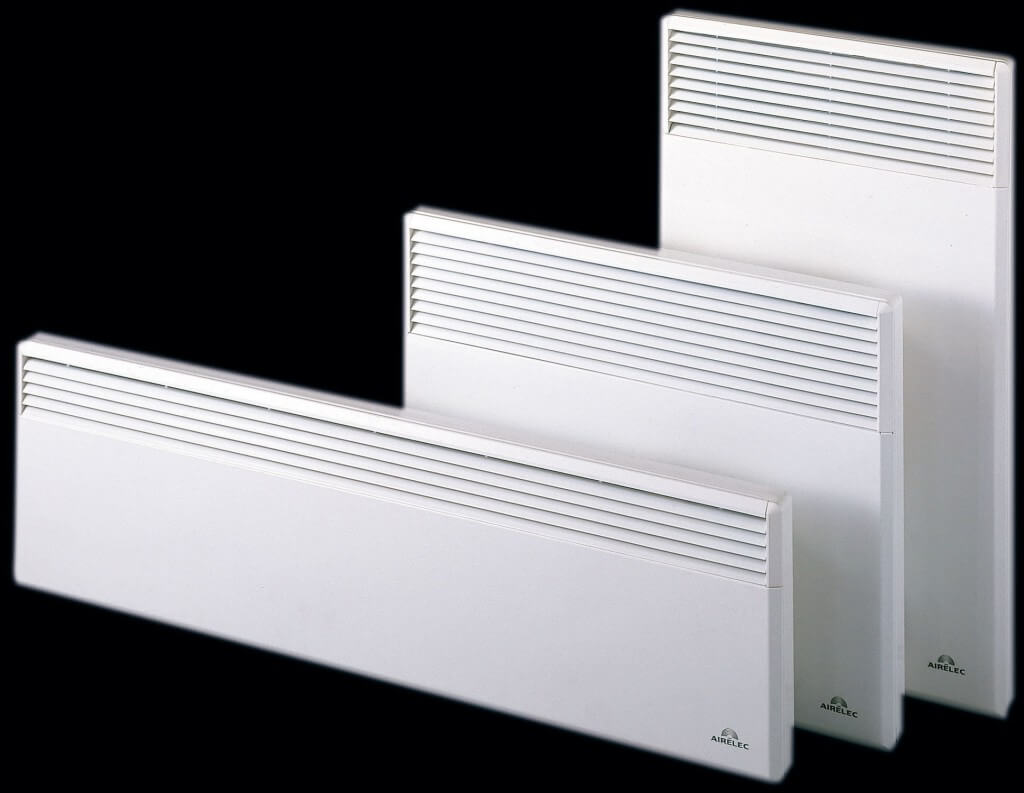
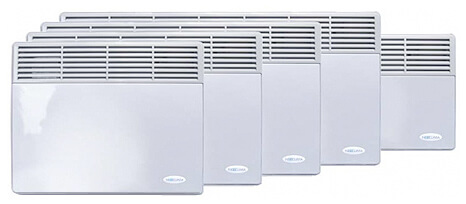
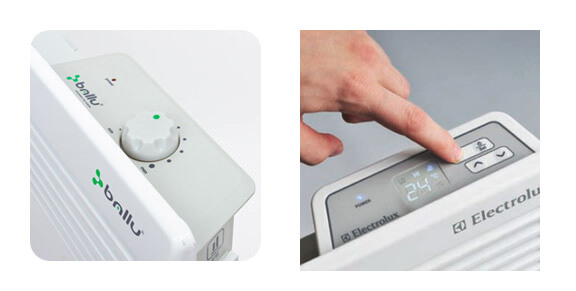


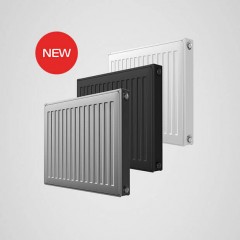
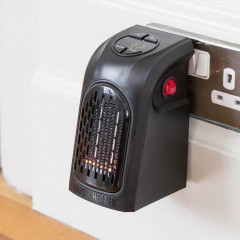
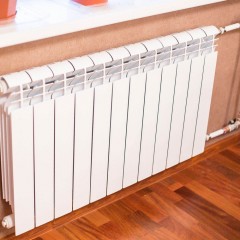

Thank. Very useful article!